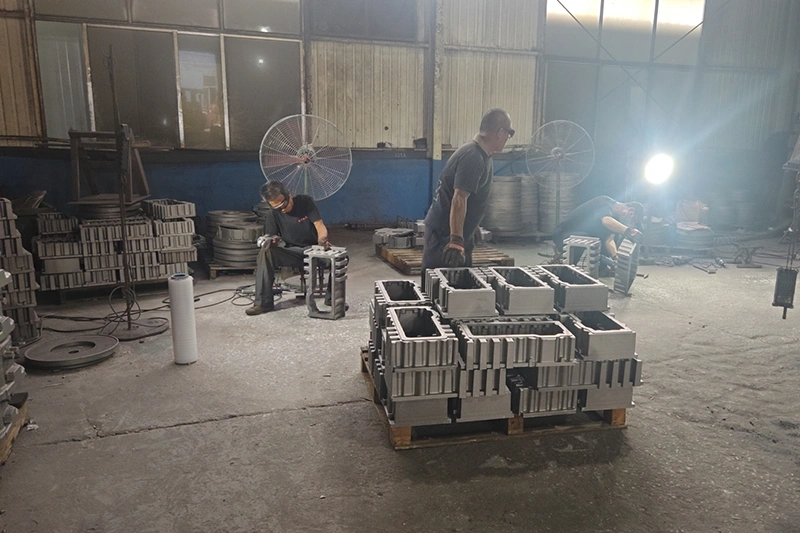What Are Bollards
You’ve seen them thousands of times. Those sturdy posts standing guard outside storefronts, lining sidewalks, and protecting pedestrian plazas. Yet most people have no idea what they’re called. They’re bollards. And they’re everywhere. What Exactly Is a Bollard? A bollard is a short, sturdy vertical post designed to control traffic,…

